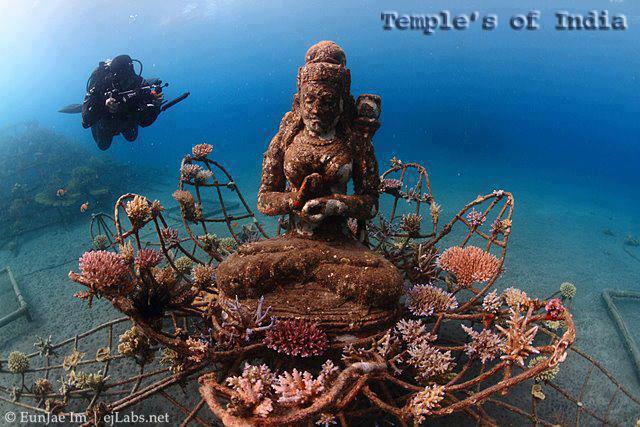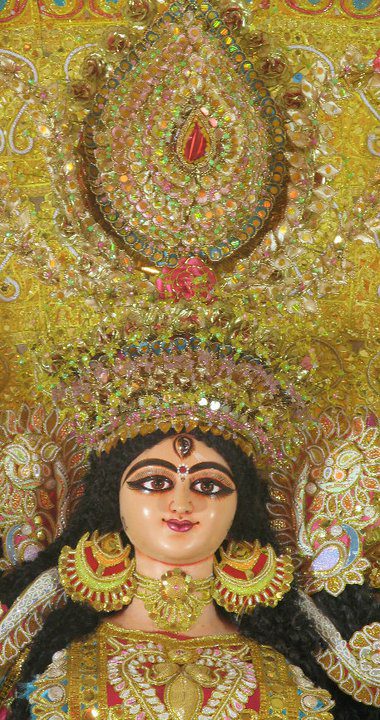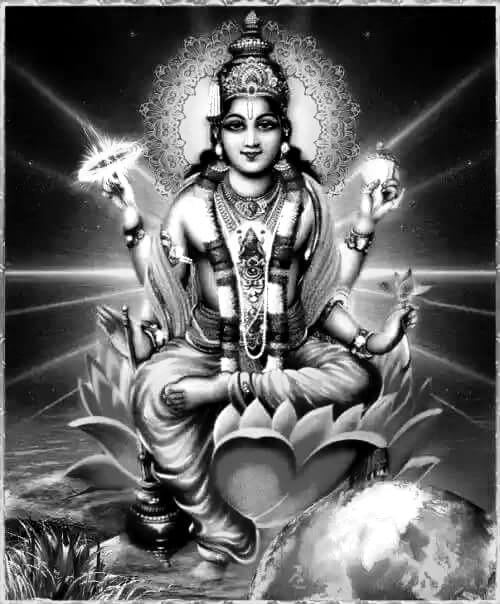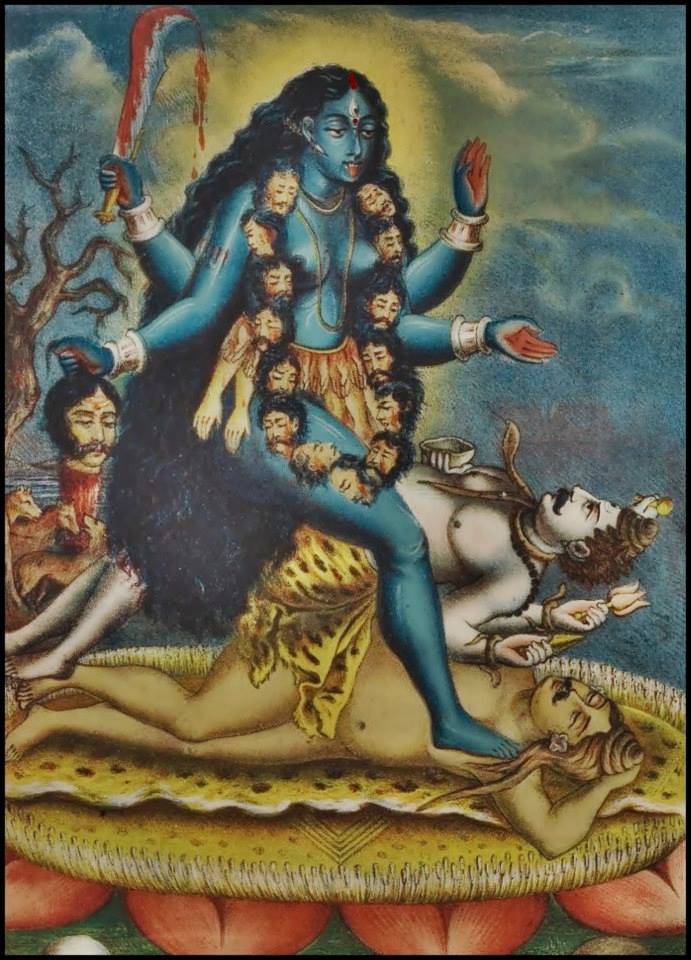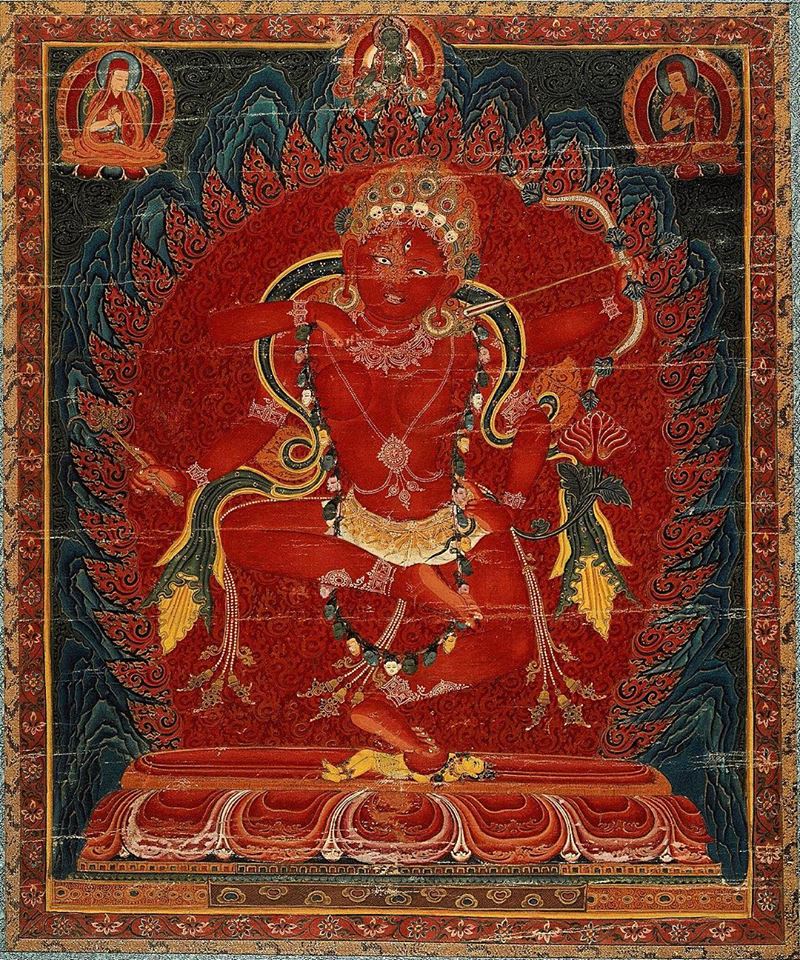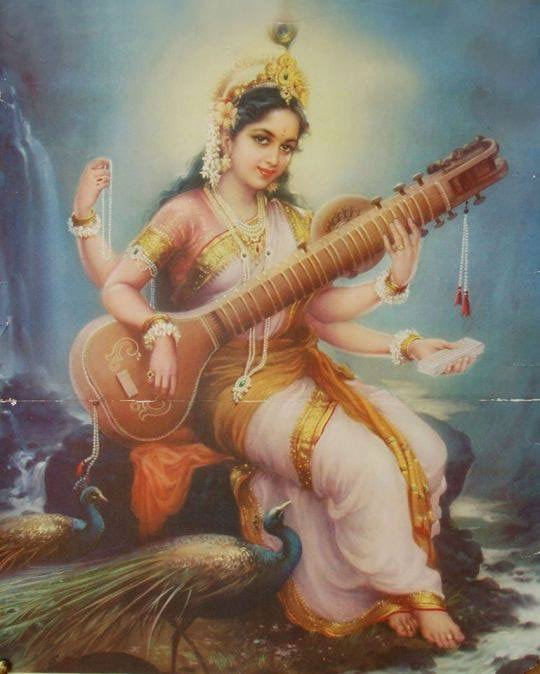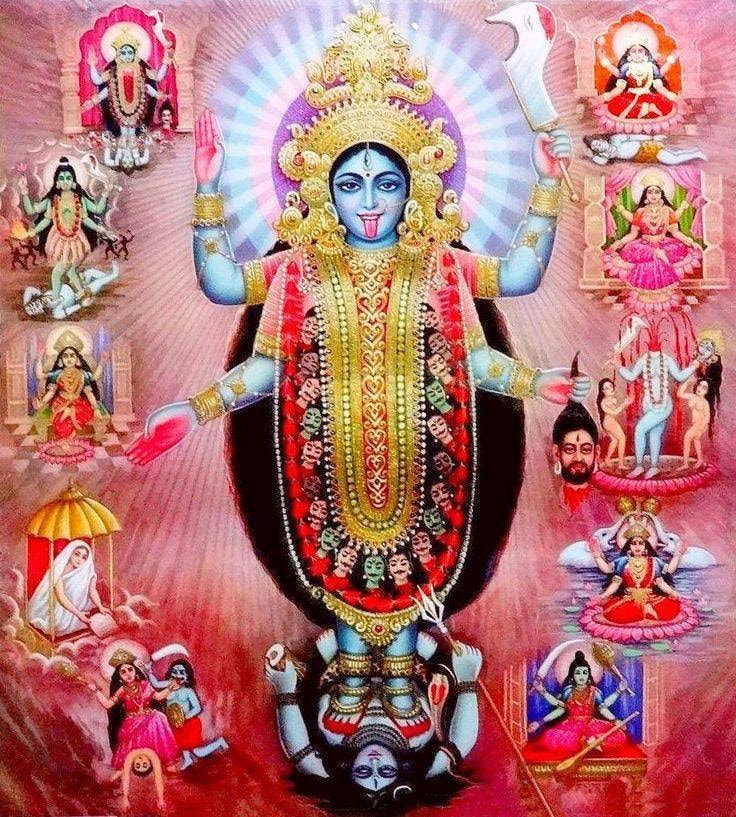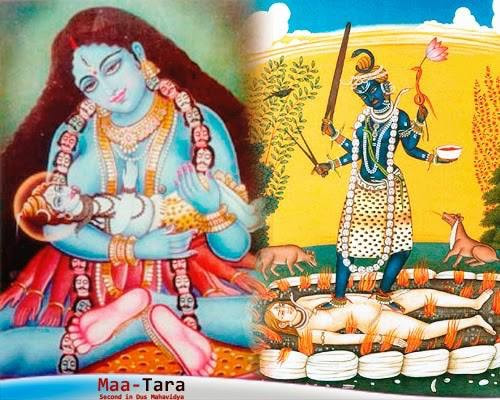
Nanda Devi is the second highest mountain in India. Nanda Devi means bliss giving goddess. It is near the border with Nepal, her mountain rises 25,645 feat near peaks called Nanda Ghunti (Nanda’s Veil) and Nanda Kot (Nanda fortress). It is part of the Garhwal Himalayas and is located in the state of Uttarakand between the Rishiganga valley on the west and the Goringa valley on the east. The eastern summot earlier called Nanda Devi East is now called Sunanda Devi. There is a Goddess by that name also.
Goddess Nanda Devi is an aspect of Parvati. Nanda Devi is the Goddess of Bliss and resides in Uttarakand. The region around Nanda Devi is intensely sacred, visited by tens of thousands annually to honor the goddess and her many temples and shrines. She is the patron goddess of the Uttarakand Himalaya.
Goddess Parvathi Ma, the daughter of Hills and the consort of Lord Shiva, is known as Nanda in Garhwal and Kumaon areas. Mother is affectionately known as Shail Putri in these parts of the world. The popularity of the Goddess is understandable, as the highest peak of the district has been identified with the name of the deity, also several Nanda temples are situated at all the prominent places in Garhwal and Kumaon like Nauti, Chandpur,Kurur, Devrada, Kulsari, Nandkesri, Lohajang, Shila Samudra, Nandakot Vaidini, Srinagar, Sink, Devikhet, Nandprayag, Gopeshwar, Helang, Lata Niti and Badrinath. Similarly the Kumaon region include Nanda Devi temples located at Nainital, Almora, Baijnath, Shuwbhgash, Munsiyari, Doonagiri, Jageshwar, Bageshwar and Ranikhet.
Some people associate the Goddess with YogaMaya, the daughter of Nanda, who replaced the eighth issue of Vasudev, father of Krishna and who escaped from the hands of her assailant, Kansa and forewarned him of his impending death at the hands of Lord Krishna. There is no mention of Nanda in the Puranas or other scriptures. However, certain later inscriptions mention a Goddess with names similar to Nanda. The Goddess finds mention in Sanskrit literature. Some very old statues found in Mathura show one Goddess as Eknansha. Accordingly, some people believe that the same Goddess was subsequently regarded as Nanda.
Naini of Nainital and Naina of Himachal Pradesh also appear to be variants of the same Goddess. There are ancient temples of the Goddess at about twenty places all over Garhwal. Similar temples are found in Almora region also.
NANDA DEVI RAJ JAT: This is a world famous festival of Uttarakand. People from Garhwal division-Kumaon divison as well as other parts of India participate in this Yatra. Every twelve years, a pilgrimage, many of them barefoot, accompany palanquins to bring an image of Nanda Devi to the mountain. The Yatra starts from Nauti village near Kamprayag and goes up the heights of Roopkund and Homekund. This is taking her home to the mountain bearing her name. At this time a decorated four-horned ram is released into the snowy wilderness. This also marks the annual Nanda Jaat. The Raj Jaat procession goes from all villages, where there us a Nanda Devi temple of recognition, specially at Koti a night halt of the participants is planned, where throughtout the night worship and celebrations goes on. This yatra is said to be very tough on account the landscape it goes through between the yatra there comes a Lake Roopkund.
The goddess was said to have offered solace to human when, at the dawn of time, the world was flooded. Only the sage Manu and his family were saved when Vishnu took the form of a fish and towed their boat to the peak of Nanda Devi, from which Manu and his wife descended to repopulate the earth.
She is the primary benevolent deity, but at times she can take on the form of Durga, the wrathful goddess. Villagers are said to sacrifice goats and buffalos to her on certain festivals or when they want to atone their sins. This is to protect dharma. Otherwise Goddess Nanda is a kind, compassionate and caring Goddess Shakti.
The most famous temple dedicated to Nanda Devi is located at Almora. Another important temple is in the Naina Devi Temple at Nainital. In certain temples, Mother Nanda Devi is worshipped along with Goddess Sunanda. Legends have it that the Saptarishis or seven sages reside on the Nanda Devi Mountain praying to the Goddesses. They are not to be disturbed and therefore many attempt to reach the peak by civilians has failed.
NANDPRAYAG: Once King Yasodhwal brought with some dancing nayikas for his lighter moments. He knew these mountains were sacred but human frailty got the better part of him. So it snowed heavily and many people died. The dancers got transformed into stone and this is said to be still seen in Patarnachonia. Subsequently the streams leading into Nandakini river are contaminated of the sins of the king. There is another myth that says that King Yasodhwal's wife was pregnant. While she was giving birth to her child, her placenta flowed down to Roopkund and this in turn caused the death of the people on that place. Apparently this is the reason why the river Nandakini lost her significance. The Nanprayag is not considered sacred as the other Panch Prayags such as Devprayag and Rudraprayag.
NANDA AND SUNANDA: Nanda Devi worship took the shape of a fair during the period of Chand Kings. Previously only Nanda Devi was worshiped. Prior to this Nanda Devi was being worshipped, but at that time only an idol of Nanda Devi used to be worshipped. By the time of the reign of Baj Bhadur Chand, it was customary two idols; one for Nanda and the other for Sunda Devi. Even today only one idol is prepared in the remote villages.
Local folklore is that it appears that the goddesses Nanda and Sunanda together took birth as princesses in the royal family and to mark this new reincarnation, the practice of celebrating a festival for both sisters together was introduced in which a story of from their life is enacted. While walking in the forest a bull chased them. They hid themselves behind a banana tree. They become visible when a goat comes there and eats all the banana leaves. The bull kills both the sisters. So now symbolically a bull is sacrificed during Nanda-Sunda Devis worship who take their individual abodes in Nanda Devi and Sunda Devi Mountains. This is said to be visible from most of Kumaon division of Uttarakand.
Hara Hara Mahadeva
(draft Gods, Goddesses, Minor Deities and Sages)
cf Mountains in the Hindu Way of Life
by Yogi Ananda Saraswathi



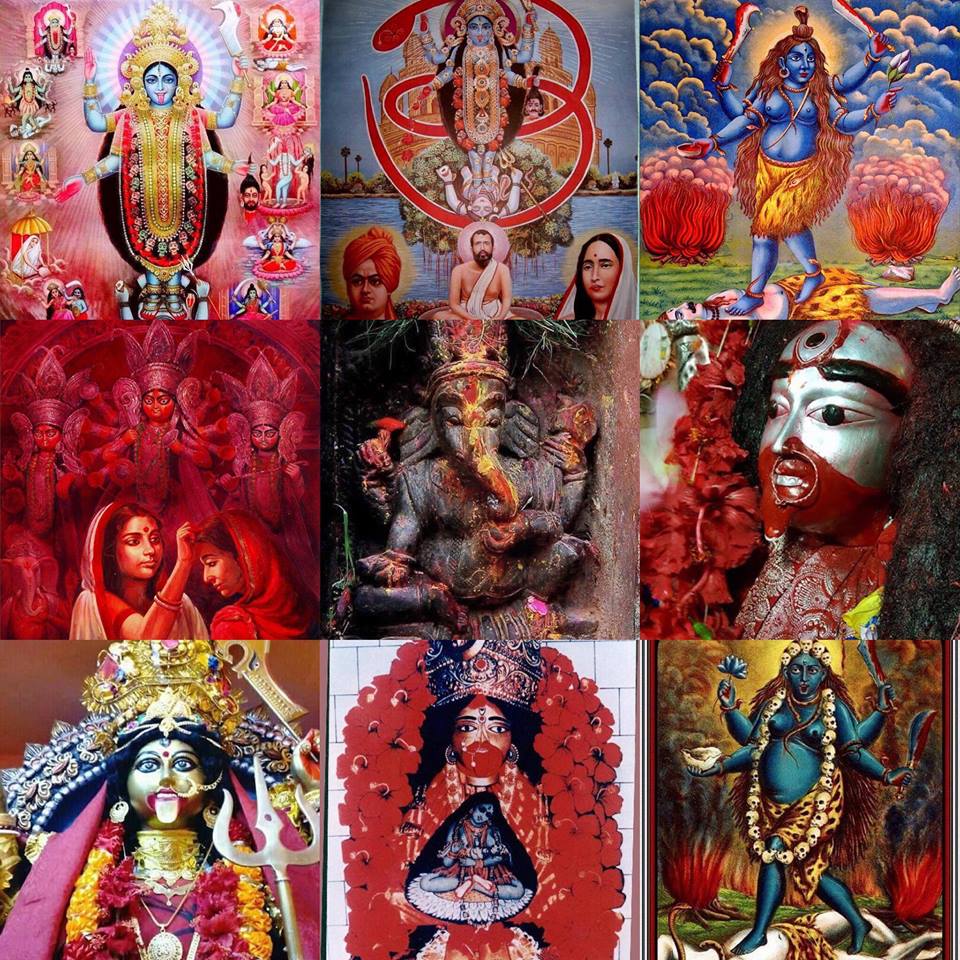
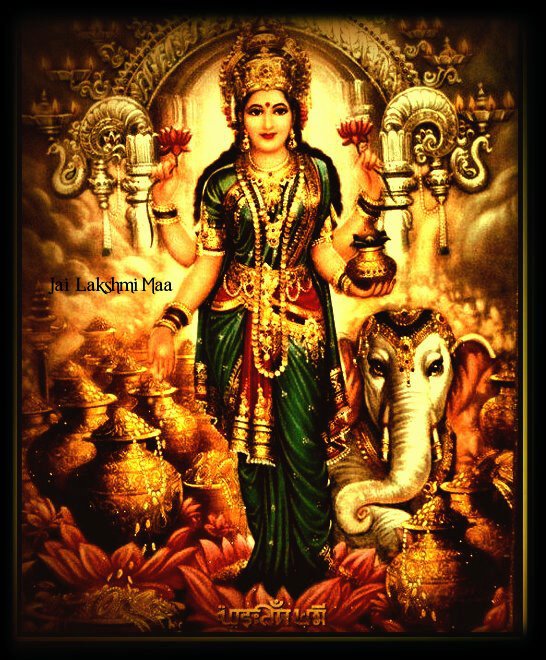

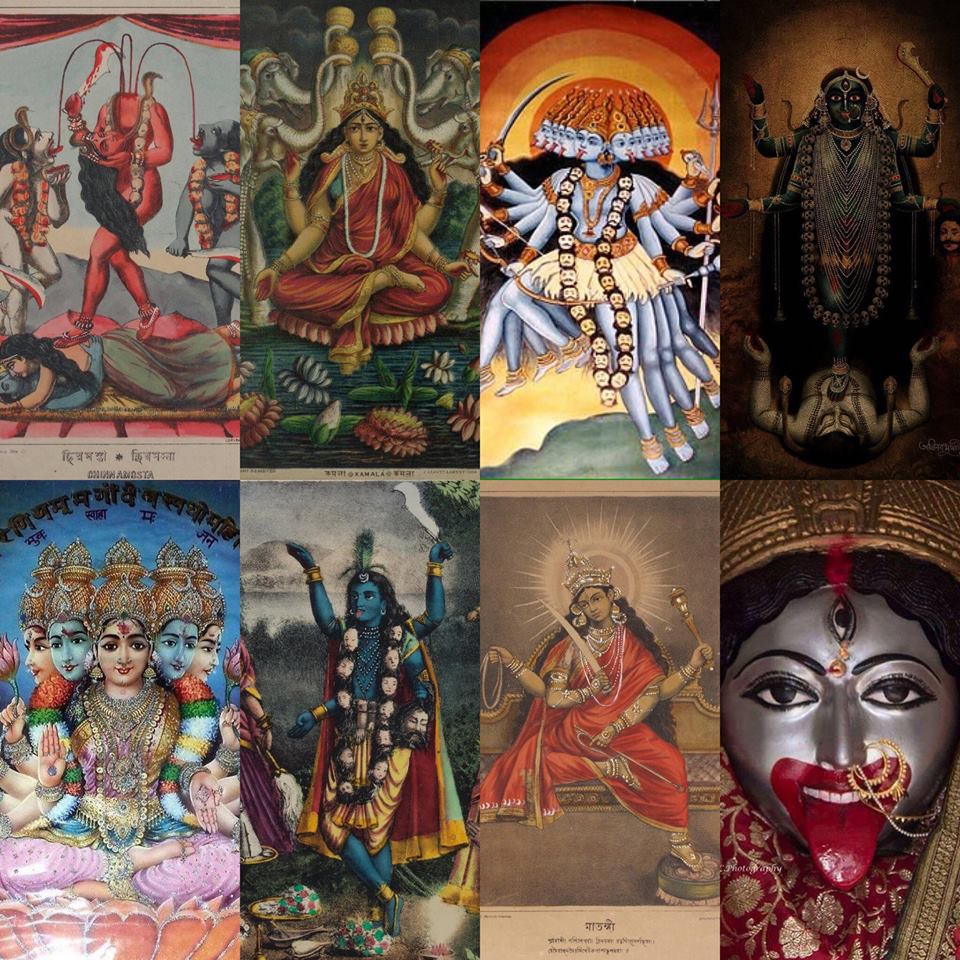
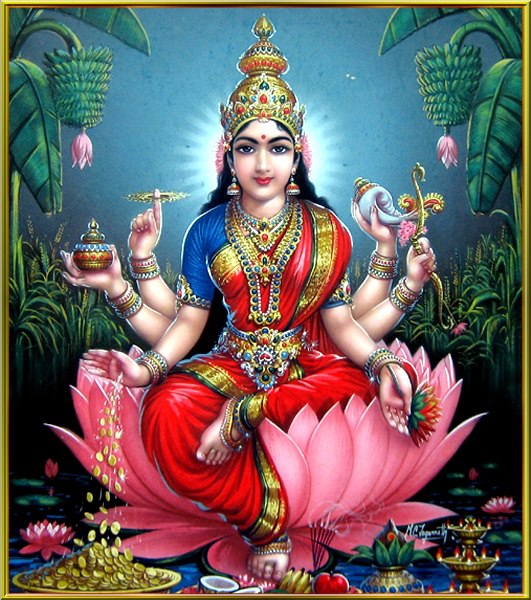



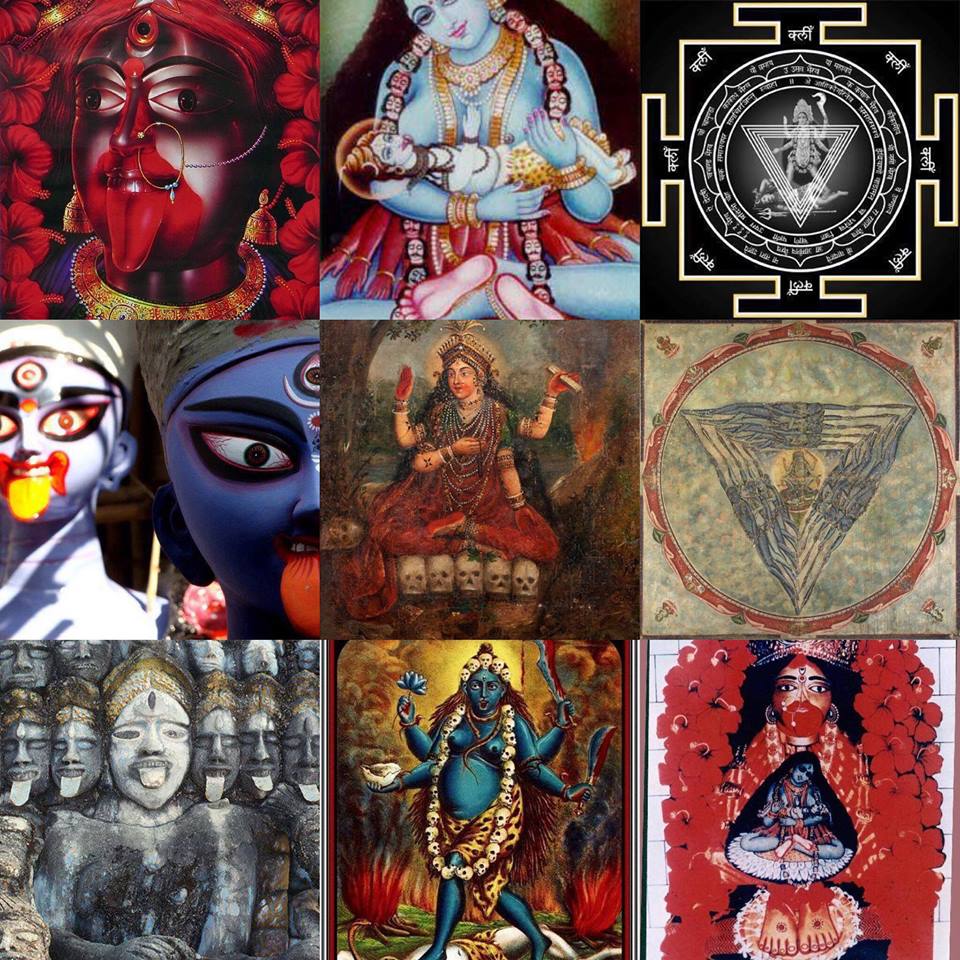


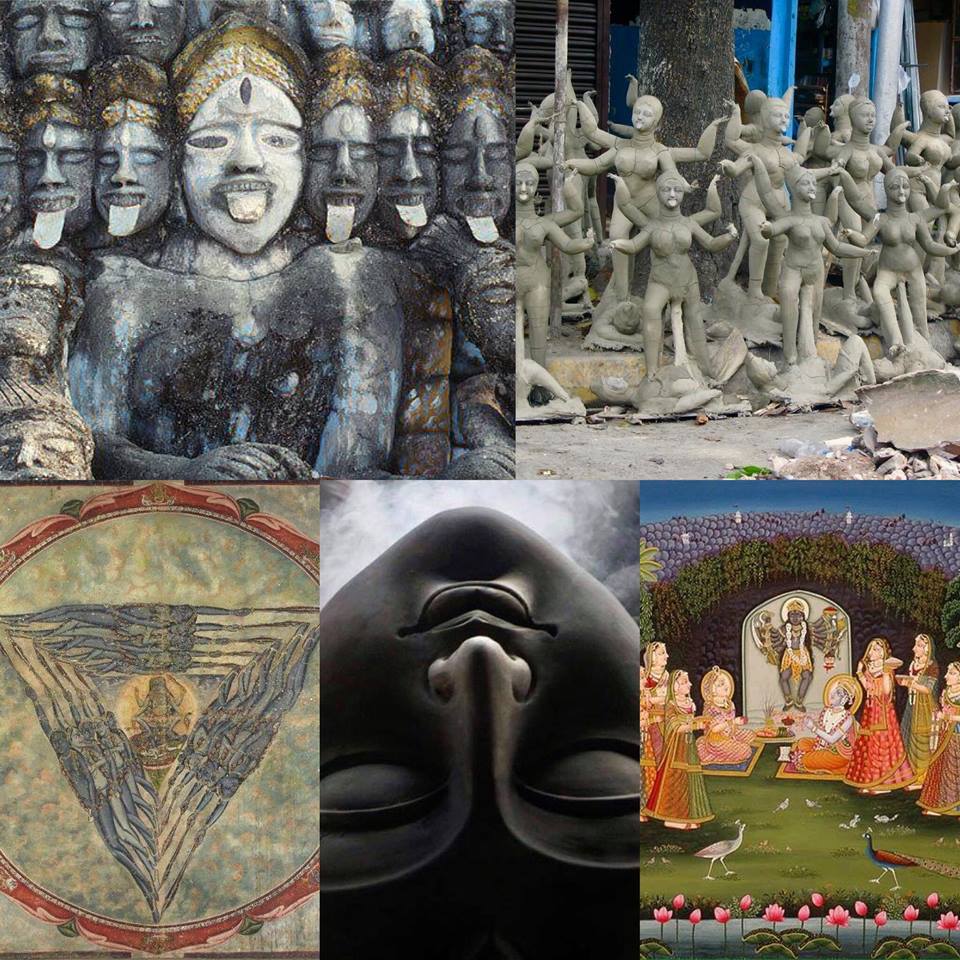







 RSS Feed
RSS Feed























